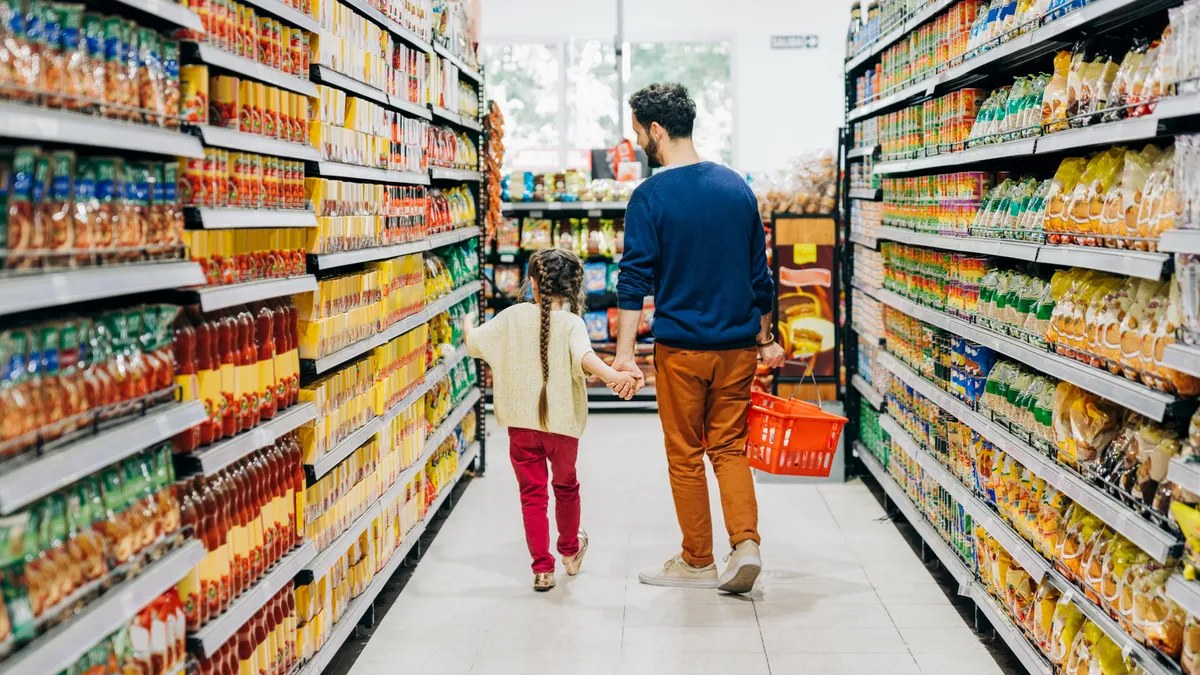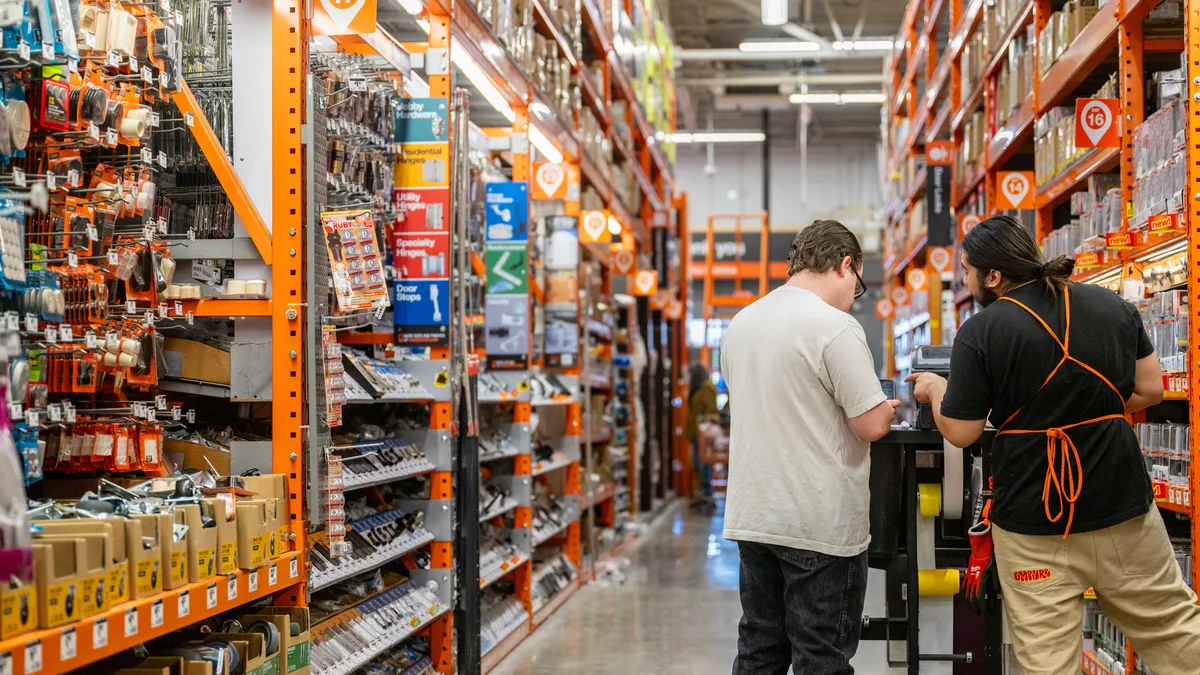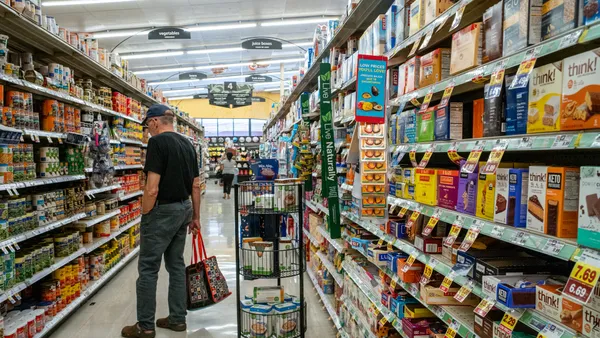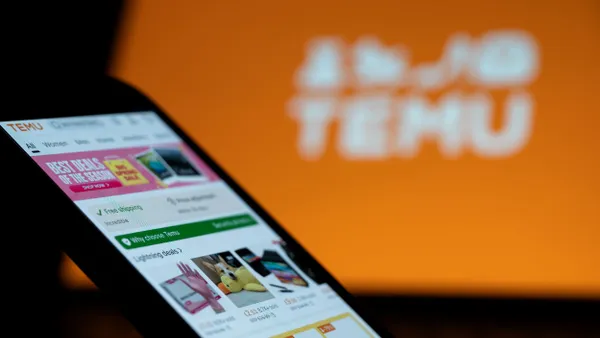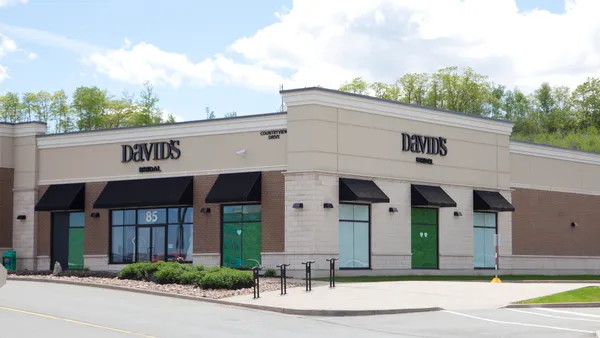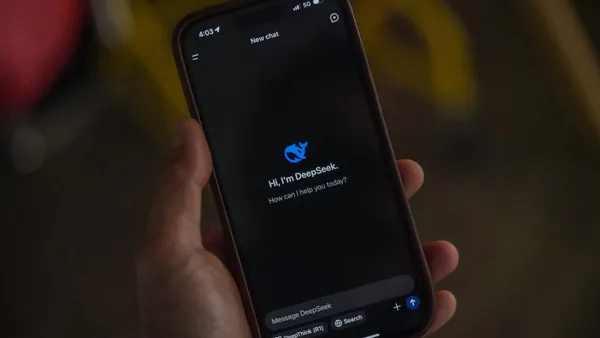Dive Brief:
- Frictionless experiences — and the removal of barriers to shopping journeys — are a key aspect of building loyalty, according to an Intuit Mailchimp report on the science of loyalty released Monday. Canvas8 surveyed about 4,000 consumers from the United States, U.K., Australia and Canada on behalf of Mailchimp.
- Nearly all customers who made repeat purchases — 97% — said their preferred brand made purchasing quick and easy.
- “One theme that unites the most prestigious behavioral scientists — such as Nobel Prize winners Daniel Kahneman and Richard Thaler — is their belief that one of the most influential behavioral nudges is: ‘make it easy,’” Richard Shotton, author of “The Illusion of Choice” said in the report. “They argue that we overestimate the impact of appeal and underestimate the impact of friction.”
Dive Insight:
While there are many different aspects that go into developing brand loyalty — from consistency to emotional connection — a seamless experience is vital to getting customers to come back time and again.
“Our study found that consumer loyalty is often the result of subconscious cues that factor in routine, availability, ability, motivation, and convenience,” Mark DiCristina, VP of brand experience at Mailchimp, told CX Dive in an email. “In this landscape, loyalty exists at the intersection of emotion and pragmatism.”
Ease of experience greatly influences functional loyalty, the idea that a product or service functions the way it’s supposed to, according to Alexander Chernev, a professor of marketing at Northwestern’s Kellogg School of Management and the author of “Customer Science.”
Removing friction also allows for easy decision-making. One example is providing customers with a look at new products via email. Nearly half of email subscribers look at product offerings in brand emails, and nearly 2 in 5 make a purchase after reading the message, according to the report.
The survey highlighted the success of oral care company Quip, which offers a subscription plan for new toothbrush heads. The subscription model removes friction for customers, who don’t have to go in and make the purchase themselves every three months.
However, when friction is introduced into the experience, that can affect behavioral loyalty — the purchases customers make out of habit, Chernev said. He pointed to Tropicana, which redesigned its packaging about 15 years ago.
“It confused a lot of consumers” who were unsure where the orange juice they normally bought was, and disrupted sales, Chernev said. “When there is tension in the purchase process, it can disrupt behavioral loyalty.”



